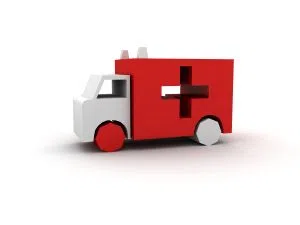
ST. PAUL, Minn. – Emergency medical services (EMS) personnel are urging lawmakers to address a critical $120 million shortfall, which they say is jeopardizing the viability of many rural ambulance services in Minnesota. The Coalition of Greater Minnesota Cities, representing over 100 cities in 80 counties, highlights the challenges faced by small ambulance services. Factors such as an aging population, inflation, workforce recruitment and retention issues, and decreasing Medicare/Medicaid reimbursements are straining these services, leading to concerns about their continued operations.
House Minority Leader Lisa Demuth (R-Cold Spring) describes the situation as an unprecedented crisis that endangers the emergency response system and puts Minnesotans’ lives at risk. In response to the crisis, lawmakers have established a bi-partisan EMS Task Force. This task force will examine the issue closely, review reports from the Office of the Legislative Auditor, hold meetings across Minnesota to gather public and stakeholder input, and assess the current and future needs of the EMS system. Representative Jeff Backer (R-Browns Valley), a volunteer EMT since 1995, emphasizes the urgency of funding, describing it as a critical bridge to sustain life-saving services while the legislature works on long-term solutions for the industry.
Backer emphasizes that without this funding, many services may close, jeopardizing the wellbeing of thousands of Minnesotans. He stresses that timely and professional service should be expected when dialing 911, and the current funding shortfall puts this at risk. According to the Emergency Medical Services Regulatory Board, staffing challenges, burnout, and low pay are leading to a shortage of certified EMTs. Representative Dave Lislegard (D-Aurora) warns that the system is nearing collapse if these issues are not addressed. While Democrats and Governor Tim Walz have proposed $16 million in spending targets, Demuth argues that this is insufficient. She criticizes the $730 million allocated for remodeling the office building, stating that priorities should be placed on saving lives over other expenditures.